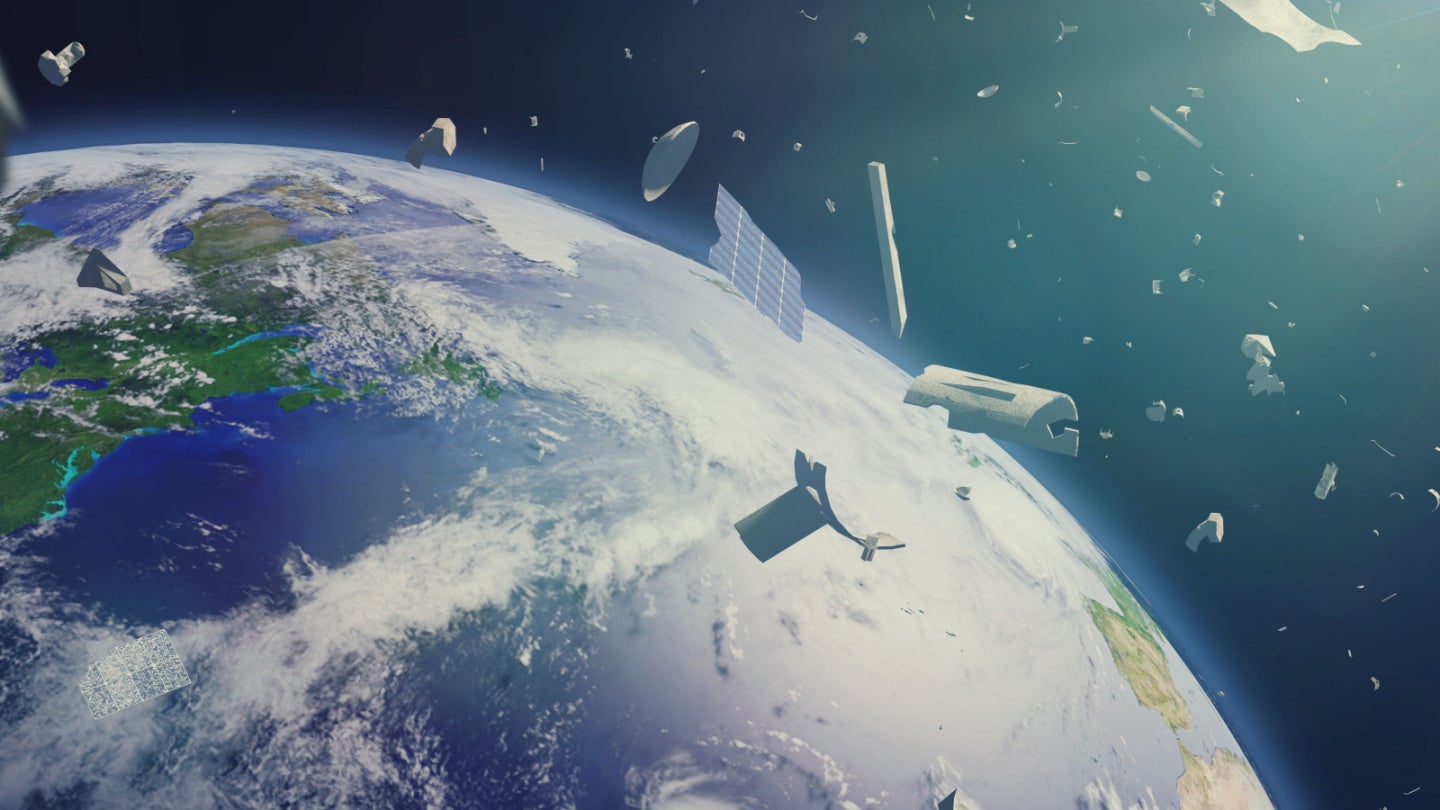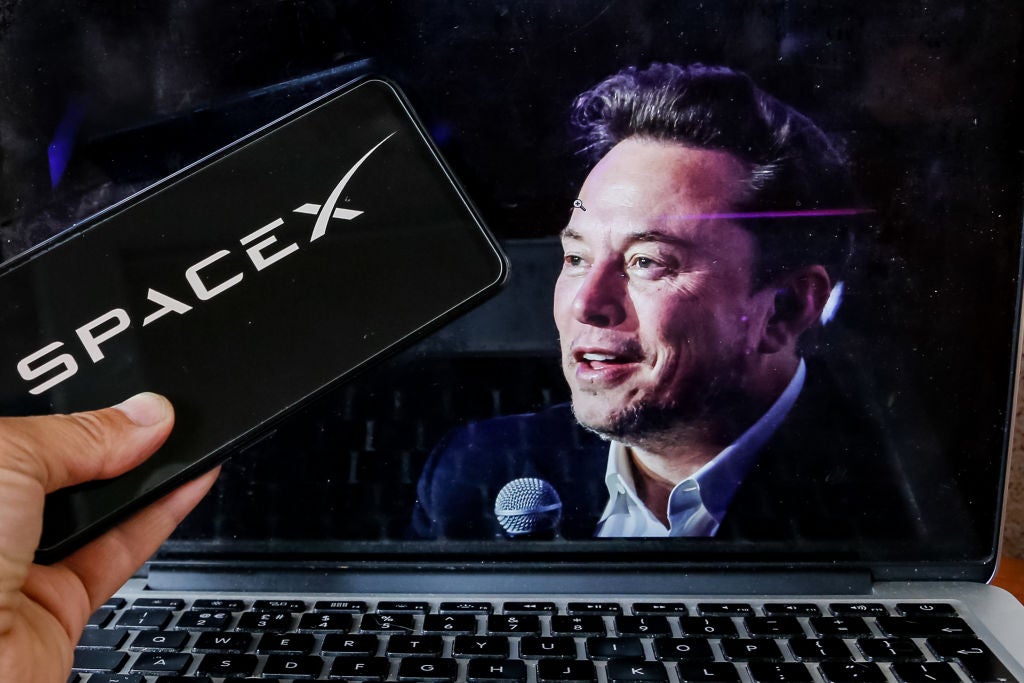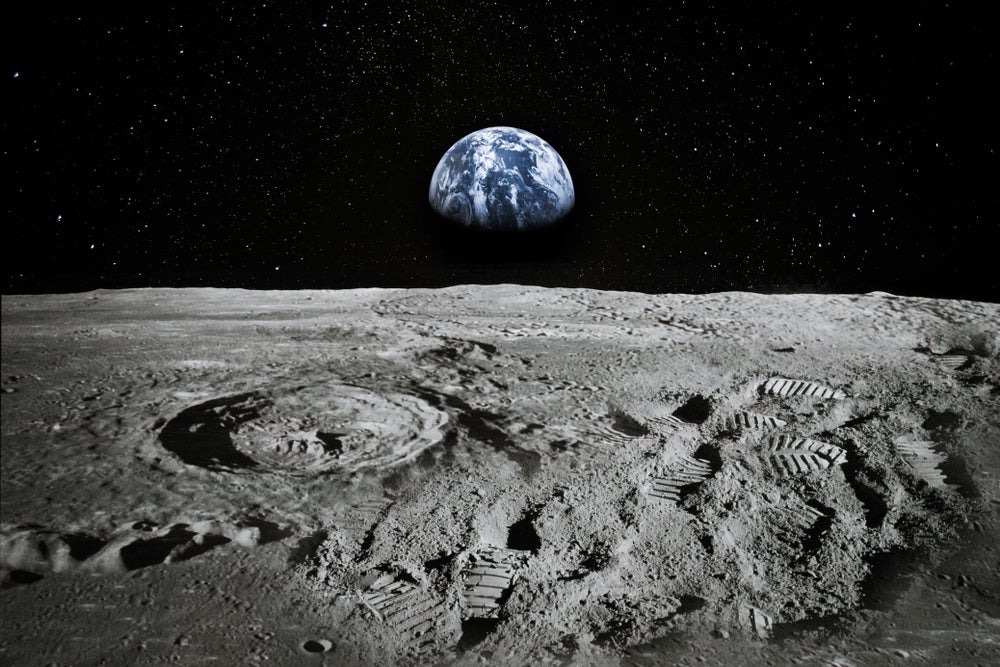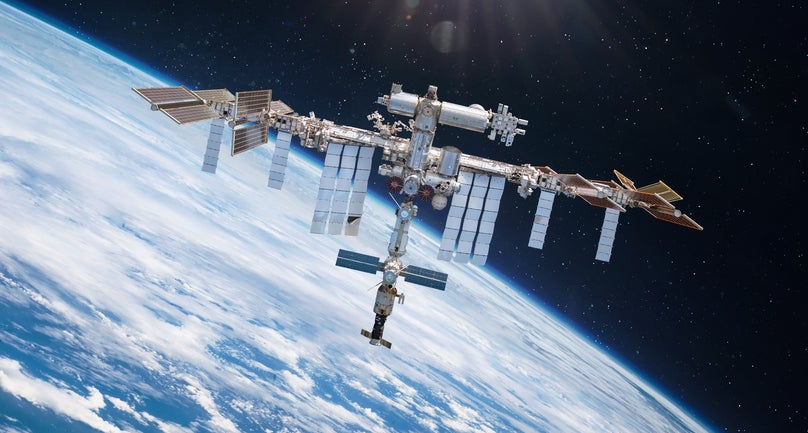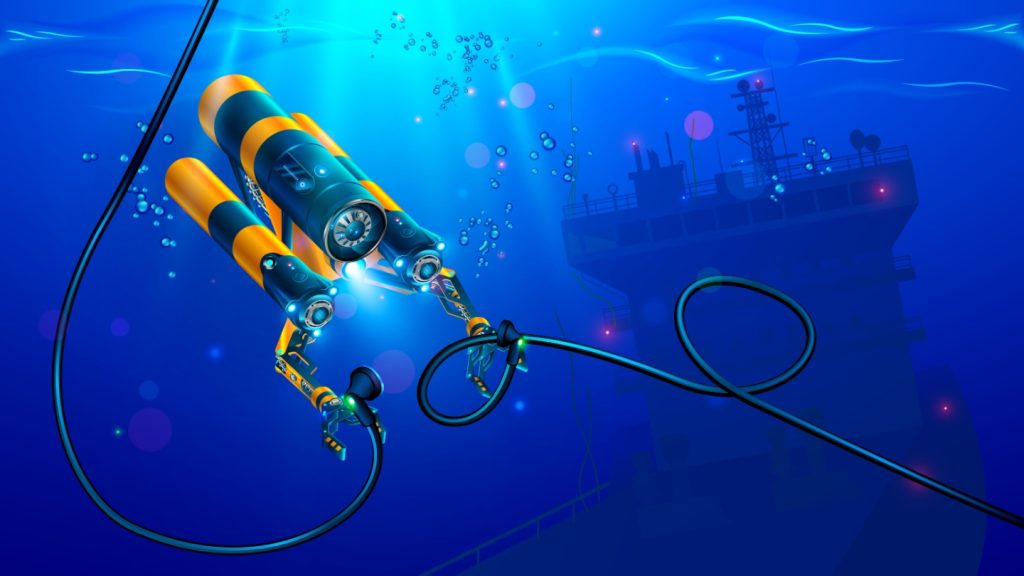The area of space below an altitude of 2,000 kilometers from the Earth is known as the ‘low Earth orbit’ (LEO), is filling with space debris.
This is an area that is currently being packed with space debris from both natural and artificial sources, including meteoroids or remnants from space missions.
This growing field of debris means that technological innovation will slow, as it will be harder to launch satellites with more obstacles in orbit to avoid.
Kessler syndrome: could we see it?
Kessler syndrome is a theory that predicts an ever-increasing amount of space debris in orbit. The premise is that as more debris collides with one another, more debris will continually be made, forming a chain reaction of never-ending debris.
The European Space Agency (ESA) estimates that there are one million space debris objects between 1cm and 10cm in size currently in orbit, while NASA estimates that such debris could reach speeds of 15,700mph while in LEO. When travelling at such a high speed, any collisions with satellites could be disastrous. This problem will exacerbate if more unsuccessful launches take place, which is likely. In 2009, a US-built commercial satellite collided with a derelict Russian military satellite, which created nearly 2,000 more pieces of space debris. Not all space equipment has the power of the International Space Station, which can dodge incoming debris and satellites. The station is forced into this manoeuvre approximately once a year.
Plans to use technology to remove space debris are wide-ranging
A wide range of technologies have been developed to remove space debris. These include plasma thrusters, space whips, and spacecraft with robotic arms. Dr. Minkwan Kim at the University of Southampton designed the plasma thruster system, which works as a deorbiting propulsion system. It can be stuck to the side of a small satellite, and when it thrusts, it can take a satellite out of a busy orbit.
How well do you really know your competitors?
Access the most comprehensive Company Profiles on the market, powered by GlobalData. Save hours of research. Gain competitive edge.

Thank you!
Your download email will arrive shortly
Not ready to buy yet? Download a free sample
We are confident about the unique quality of our Company Profiles. However, we want you to make the most beneficial decision for your business, so we offer a free sample that you can download by submitting the below form
By GlobalDataMeanwhile, Japan’s space agency (JAXA) sent a 700-meter electrodynamic tether into space in 2016 and aimed to use it to change the course of space debris, so that the debris would be brought back down to Earth with electromagnetic force. This plan was not successful, as the tether could not be released.
A more conventional idea was suggested by researchers from the University of Southampton, who believed that a circular economy could solve the problem. Space debris may contain high-tech or valuable materials from previous missions, which could be reused or sold. If there is an economic incentive, then more companies will get involved in trying to solve the issue of space junk.
Space debris is a major problem. There are not enough regulatory safeguards in place to help deal with the issue, but if the issue is not addressed, technological innovation will slow down as rockets will not be able to launch. While many technological concepts are being developed to tackle this problem, of which space whips and plasma thrusters are but a couple, there is no clear winner yet in terms of a sustainable solution for dealing with this problem. If there is not a technological breakthrough soon, space will become cluttered. And this will be a very expensive mess to clean up.


